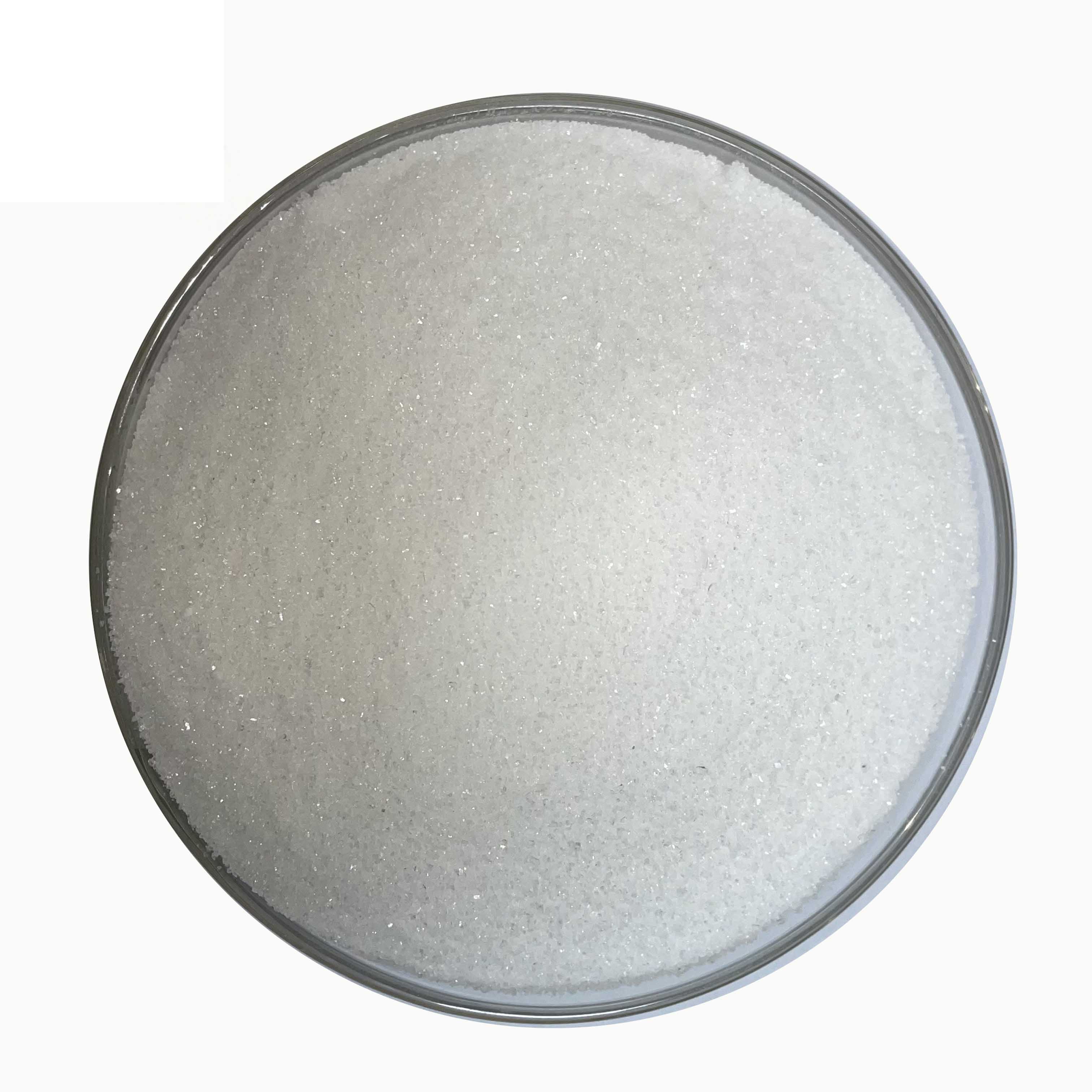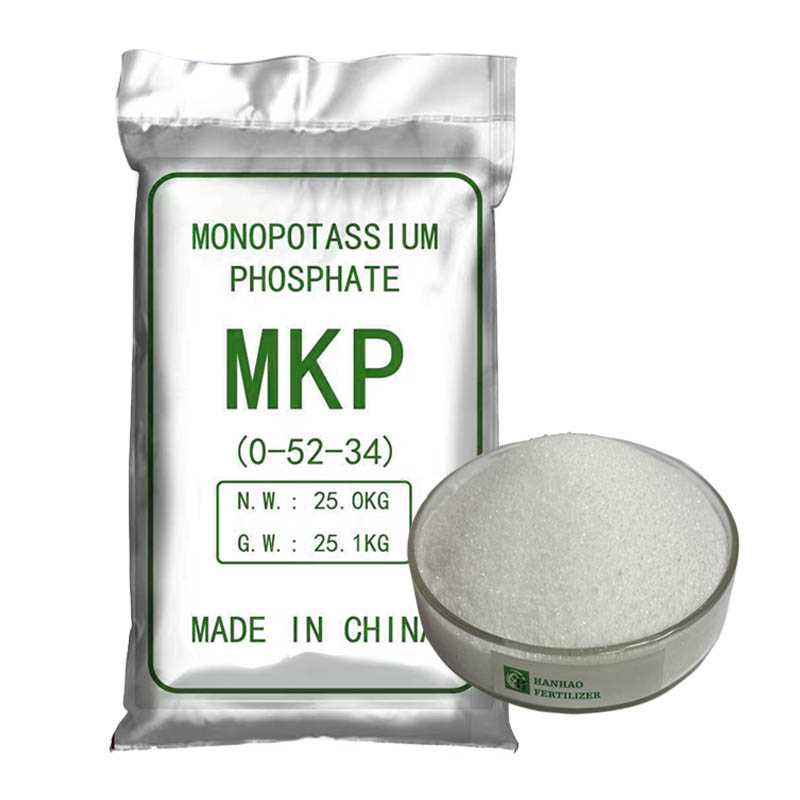
Nov . 06, 2025 10:50 Back to list
10 10 10 water soluble fertilizer | Fast-dissolving NPK
Field Notes on 10-10-10 Water Soluble Fertilizers (and why MKP matters)
Growers still ask me if 10 10 10 Water Soluble Fertilizer is the safest “one-jug” choice for fertigation and foliar work. Short answer: yes, for baseline feeding. Longer answer: most high-performing programs pair a balanced feed with a clean phosphorus–potassium source like Mono Potassium Phosphate (MKP 0-52-34) to fine-tune stages like flowering and fruit fill. I’ve seen this pattern on tomatoes in greenhouses and—surprisingly—on cool-season turf under drought stress.

Industry trends I keep noting
- Shift to low-salt, chloride-free P/K sources (MKP, SOP) for sensitive crops and hydroponics.
- More drip and foliar programs where solubility and purity trump everything.
- Customization: growers want 10-10-10 plus add-on boosters, not a one-size solution.
- Stricter heavy-metal specs and transparent COAs; labs running ICP-OES routinely.
What is MKP 0-52-34 and why it pairs well with 10 10 10 Water Soluble Fertilizer?
MKP is a free-flowing, white crystalline powder (chloride-free) widely used in drip, foliar, flushing, and hydroponics. When your base program is 10 10 10 Water Soluble Fertilizer, MKP lets you lift P/K without pushing nitrogen—handy during early root development or fruit load. Many customers say the tank remains cleaner, with fewer clogged emitters.

Typical MKP Product Specs (real-world use may vary)
| Item | Mono Potassium Phosphate (MKP) 0-52-34 |
| Grade | 100% water soluble, free-flowing crystals |
| P2O5 / K2O | ≈ 52% / ≈ 34% (N = 0%) |
| Solubility (20°C) | ≈ 230 g/L |
| pH (1% solution) | ≈ 4.3–4.8 |
| Insolubles | ≤ 0.1% |
| Heavy metals | Pb ≤ 10 ppm; Cd ≤ 1 ppm; As ≤ 3 ppm (typical) |
| Shelf life | ≈ 24 months sealed, dry storage |
Process flow and testing
Materials: food/tech-grade phosphoric acid + potassium source, crystallized and dried for flowability. Methods: controlled neutralization, filtration, spray or crystallization drying, anti-caking as needed. Testing: AOAC/AAPFCO nutrient assays; ICP-OES for K and metals; moisture by oven method; sieve analysis for particle size. Labs usually run ISO/IEC 17025 systems; COAs match lot numbers. Service life depends on humidity—keep sealed.

Where 10 10 10 Water Soluble Fertilizer shines (and when to boost with MKP)
- Greenhouse veg: run 10-10-10 as base; add MKP during flowering to tighten internodes and fruit set.
- Orchards and vineyards: post-bloom P/K push without extra N.
- Turf: spoon-feed 10-10-10; spike MKP in summer stress for density.
- Hydroponics: MKP balances EC and keeps chloride low.
Vendor snapshot (around values, check current COA)
| Vendor | Origin | Certs | Customization | Lead time |
|---|---|---|---|---|
| HHFertilizer (MKP 0-52-34) | A-713, Zhengyang City Sq., Shijiazhuang, Hebei, China | ISO 9001/14001 (typical); COA per lot | Custom packing, anti-caking, micro-additions | ≈ 10–20 days |
| GlobalBlend WSF | SEA + EU plants | ISO; REACH (EU) | Custom NPK (e.g., 10-10-10 + micros) | ≈ 3–5 weeks |
| LocalCo-Ag | Regional blenders | State registration; AAPFCO labels | Small-batch blends | ≈ 3–10 days |
Real-world outcomes (quick hits)
- Greenhouse tomato, drip: base 10-10-10 + MKP during weeks 3–7 post-set → yield up ≈ 6–9% vs. base-only (internal trial, grower-reported).
- Bermudagrass fairways: spoon-fed 10-10-10 biweekly, MKP during peak heat → NDVI +0.03–0.05, better color retention.
- Hydro lettuce: 10-10-10 base, MKP at 1:4 N:P2O5 ratio tweak → tighter heads, fewer tip-burn incidents.
Standards and compliance
Look for AOAC/AAPFCO nutrient verification, ISO/IEC 17025 lab data, and compliance with EU 2019/1009 or local regs. Keep SDS on file; mix tests for compatibility are a must—especially if your 10 10 10 Water Soluble Fertilizer includes micros or biostimulants.
Quick mixing tips
- Dissolve MKP first in warm water; add calcium sources in separate tanks to avoid precipitation.
- Target EC based on crop stage; start low, ramp gradually.
- Foliar: 0.5–1.5% MKP solution is common; test a small block first.
References:
- FAO. Fertilizer and Plant Nutrition Guide.
- AOAC International. Official Methods for Fertilizer Nutrient Analysis.
- AAPFCO. Official Publication and Labeling Guidelines.
- Regulation (EU) 2019/1009 on EU Fertilizing Products.
- ISO/IEC 17025: General requirements for testing laboratory competence.
-
Sustainable Growth with Organic Phosphate Fertilizer | Benefits & Innovations
NewsNov.24,2025
-
Organic Phosphorus and Potassium Fertilizer: Sustainable Soil Nutrition & Global Impact
NewsNov.24,2025
-
Organic Phosphorus Fertilizer: Sustainable Nutrient Solutions for Modern Agriculture
NewsNov.23,2025
-
Sustainable Growth with Organic Phosphorus Plant Fertilizer | HH Fertilizer
NewsNov.23,2025
-
Organic Plant Meal Fertilizer for Sustainable Agriculture – Benefits & Innovations
NewsNov.22,2025
-
Organic Plant Root Fertilizer – Sustainable Solutions for Healthy Soils & Stronger Plants
NewsNov.22,2025
